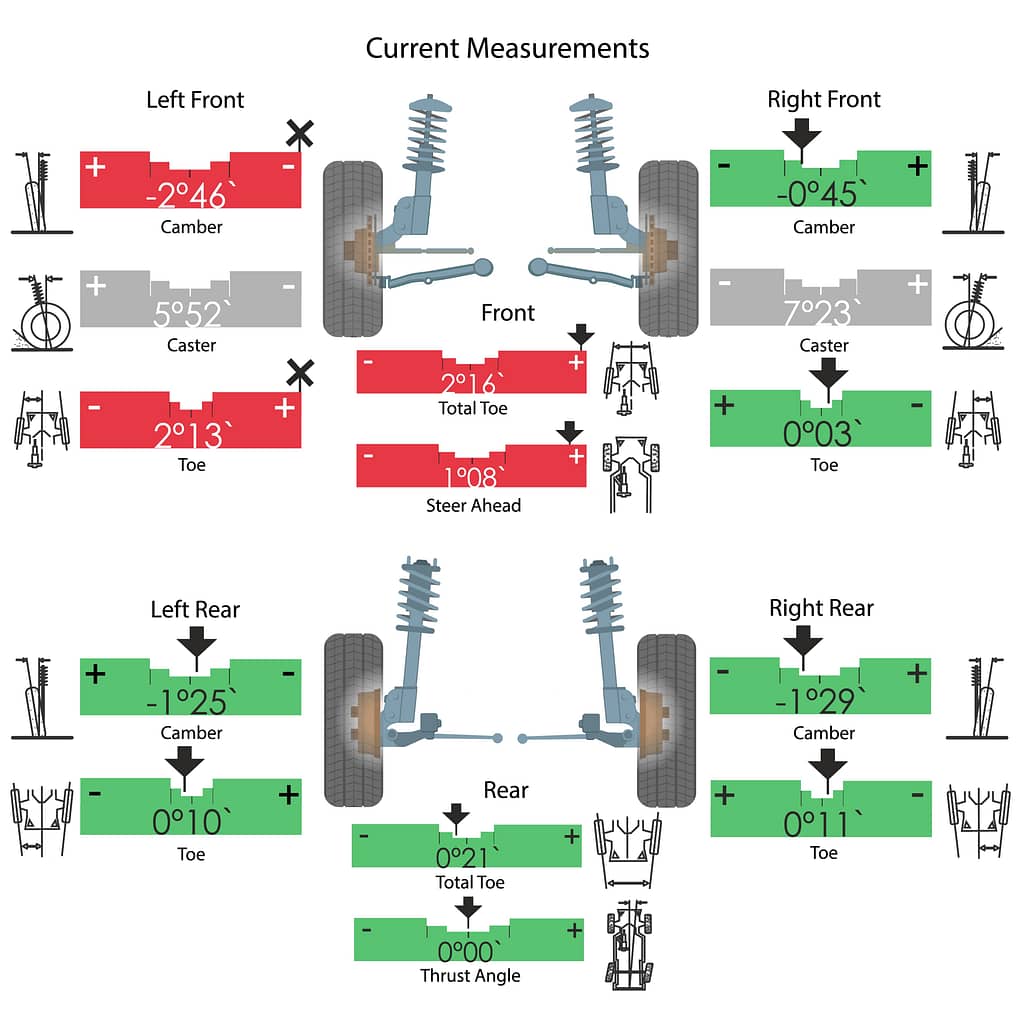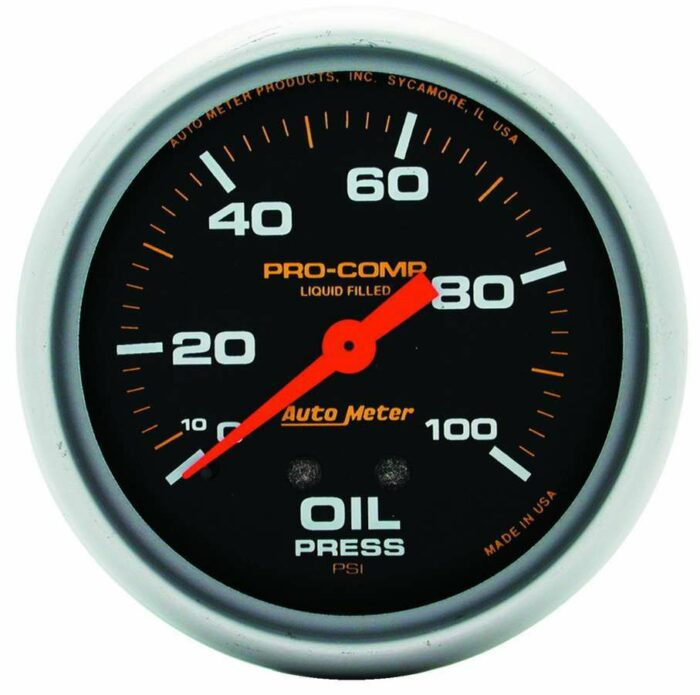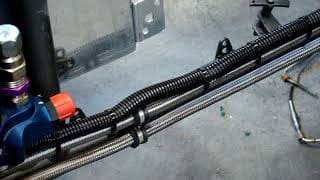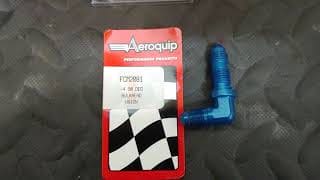Maximizing Vehicle Handling and Longevity Through Expert Alignment Techniques
I want to share some vital insights with you younger mechanics about the importance of proper front-end alignment. This isn’t just about making sure a car drives straight; it’s a fundamental aspect of vehicle maintenance that affects safety, handling, and the longevity of the car’s components.
The Essence of Front-End Alignment
Front-end alignment, for those newer to the trade, is about adjusting the angles of the wheels so they’re optimally positioned relative to the road and each other. Whether it’s a daily commuter, a weekend track car, or a high-performance race car, getting these angles right is crucial. It’s not just about a smoother ride; it’s about safety, fuel efficiency, and protecting your tires and suspension parts from uneven wear.
Understanding the Alignment Angles: Camber, Caster, and Toe
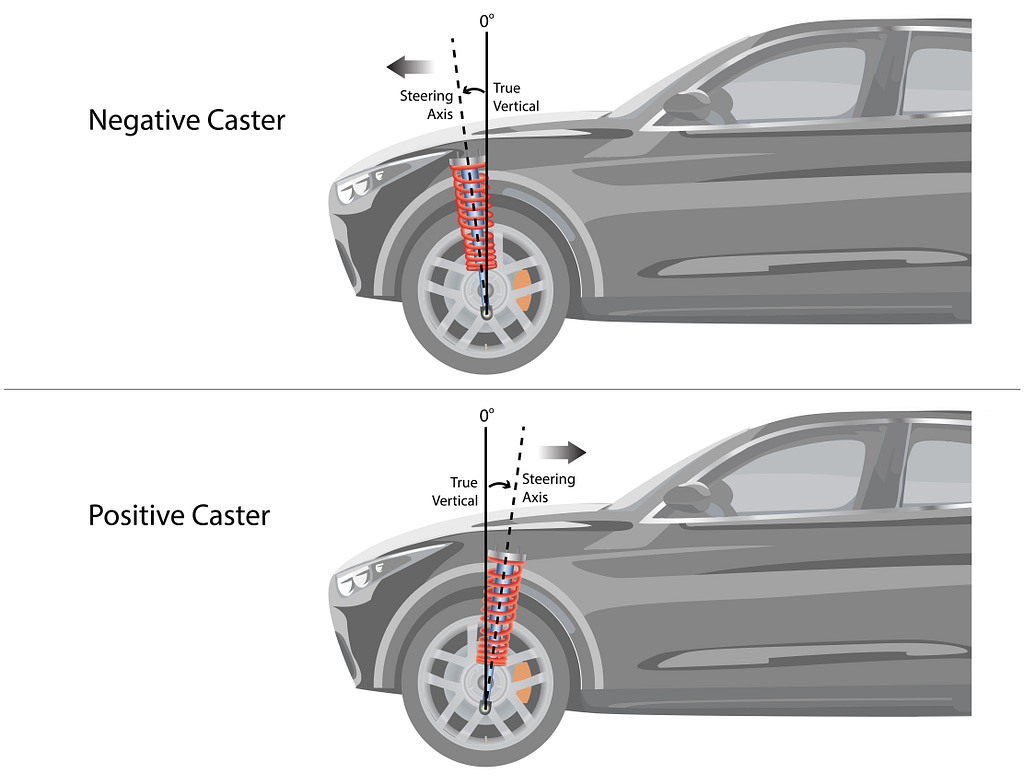
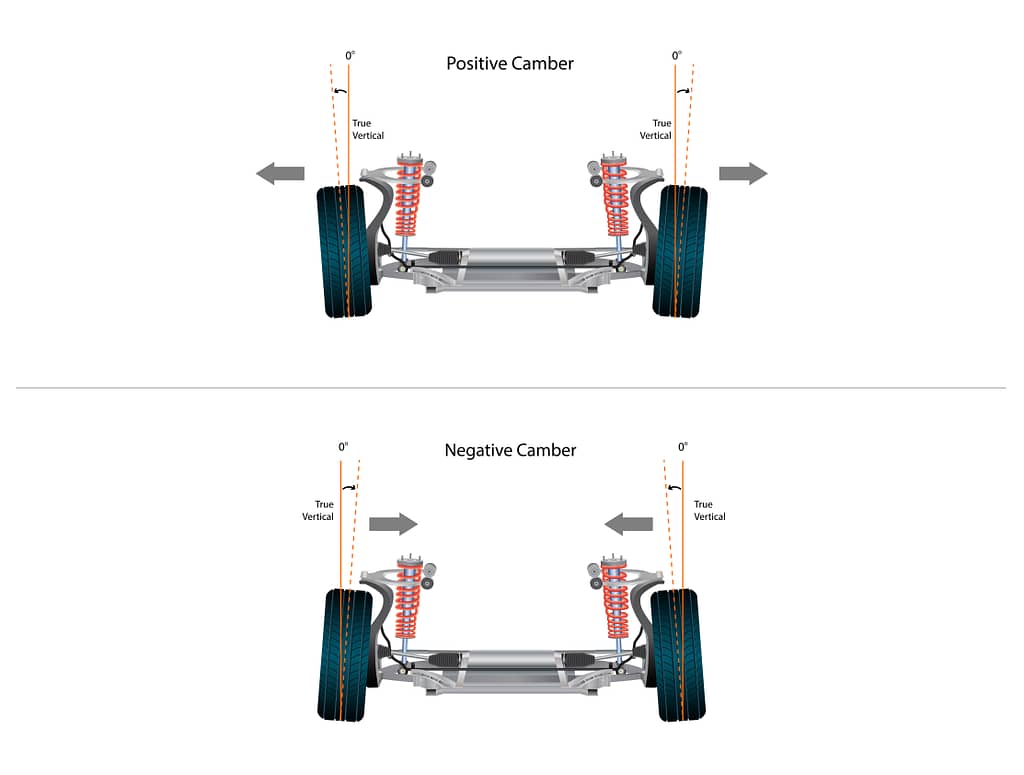
- Camber: This is the tilt of the tire when you look at it from the front of the car. If the top of the tire leans towards the car, that’s negative camber. If it leans outwards, that’s positive camber. Getting the camber right is a balancing act – too much either way, and you’ll see uneven tire wear, reduced grip, and potentially unsafe handling.
- Caster: Imagine a line running through the center of the upper and lower ball joints of the wheel. Caster is the angle of this line. Positive caster helps with stability at high speeds but can make steering a bit tougher. Negative caster makes steering easier but can make the car feel less stable. It’s all about finding the right balance for the car’s use.
- Toe: This is about the direction the tires are pointing. Toe-in means the fronts of the tires are closer together than the rears, and toe-out is the opposite. Incorrect toe settings can lead to rapid tire wear and an unsteady ride.
Tools and Techniques for Precise Alignment

In the past, we’d have to rely on specialized shops for accurate alignments, but today’s tools have changed the game. For example, the FasTrax Adjustable Camber/Caster Gauge from Specialty Products Company lets you do quick, accurate alignments right in your garage or at the track. Then there’s the Longacre Racing Quick Set Adapter – a more high-end option, but just as valuable for the precise mechanic.
Remember, when you’re doing an alignment, make sure the car’s weight is simulated as it would be during a drive. This affects the suspension’s stance and, consequently, the alignment. Tools like the Allstar Scale Buddy can help with this.
Toe Adjustment: The Final Piece of the Puzzle
Getting the toe right is as critical as camber and caster. You can use toe plates, a toe bar, or a tire scribe for this. Each method has its pros and cons, but they all aim to ensure the tires are aligned correctly for straight, efficient driving.
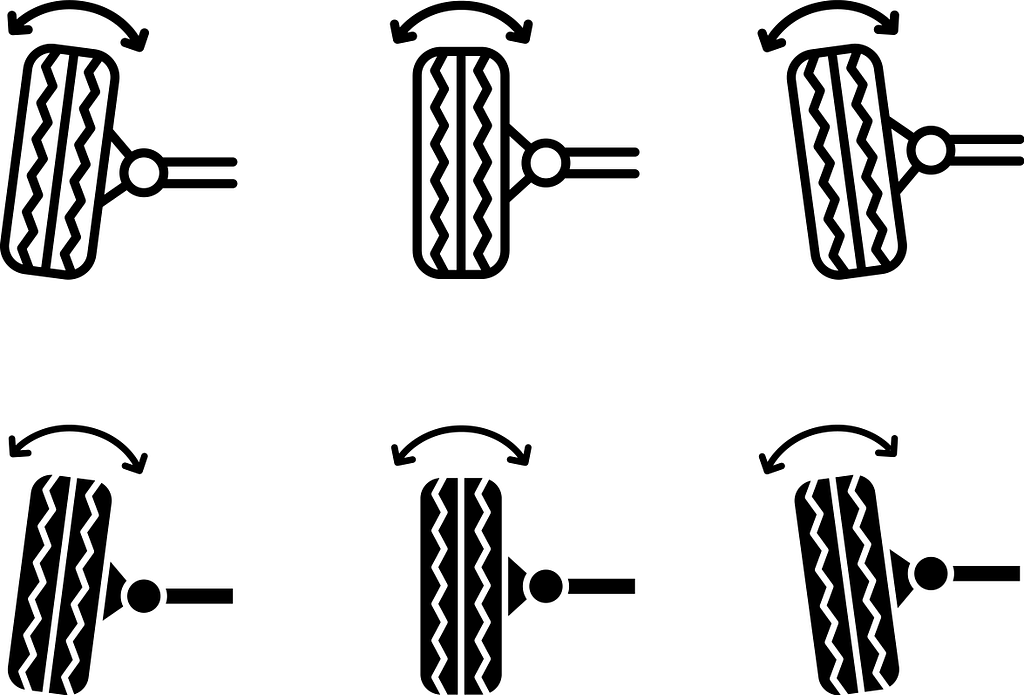
Don’t Forget About Bump Steer
Bump steer is a sneaky issue that can ruin a car’s handling. It happens when the suspension compresses and the steering angles aren’t right, causing the car to steer itself without any input from the driver. It’s especially common in vehicles with modified suspensions. Correcting bump steer is a detailed process involving adjustable tie rods and careful measurement.
Wrapping Up
In summary, proper front-end alignment isn’t just a matter of routine maintenance. It’s an essential aspect of vehicle performance, safety, and efficiency. With the right tools and knowledge, you can ensure that every vehicle you work on performs at its best, whether it’s cruising down the highway or tearing up the racetrack.
Remember, each adjustment you make, whether it’s camber, caster, or toe, affects the others. It’s a delicate dance of angles and measurements, but getting it right can make all the difference in how a car drives and lasts. So take your time, use the right tools, and always aim for precision. Your work isn’t just about keeping cars on the road; it’s about ensuring they perform their best and keep their drivers safe.

